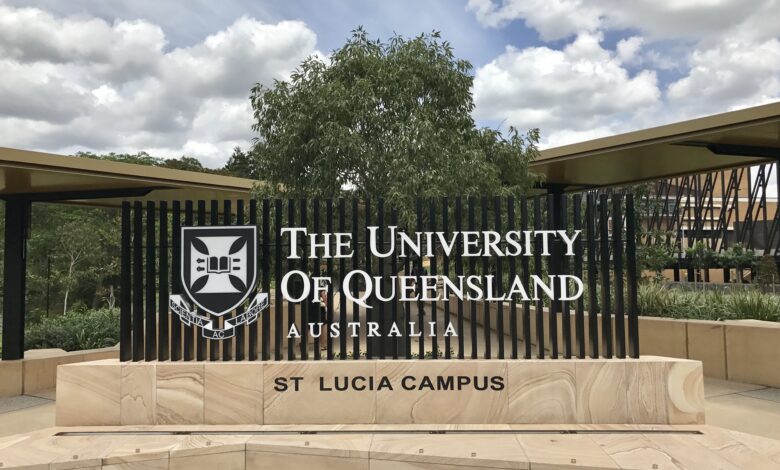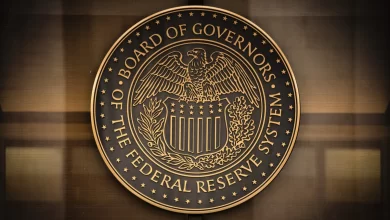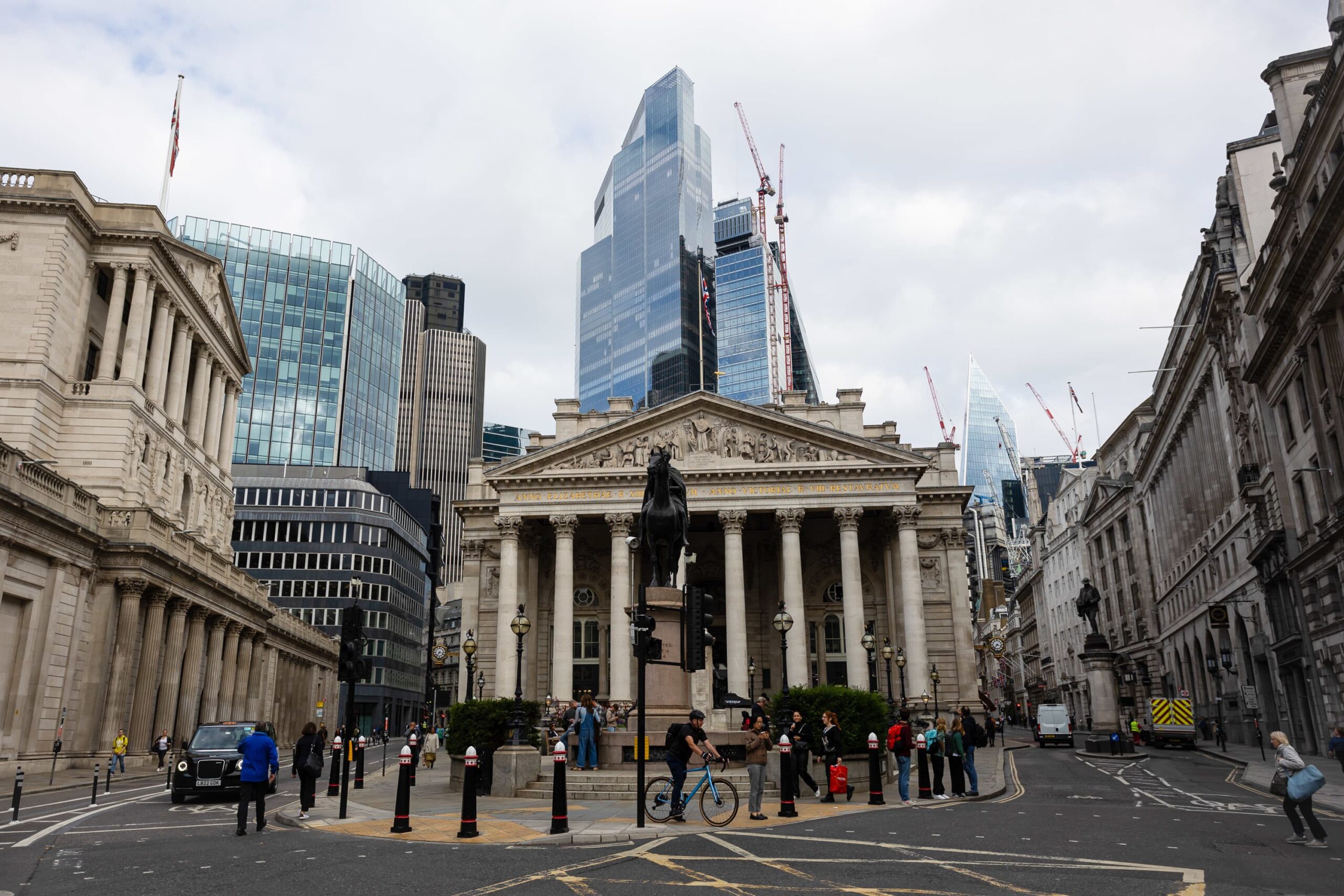A Nobel Prize-winning stock market theory is being used to aid in the conservation of coral reefs
According to academics, a Nobel Prize-winning economic theory employed by investors is showing early signs of assisting in the conservation of vulnerable coral reefs.

Researchers from the University of Queensland in Australia used modern portfolio theory (MPT), a mathematical framework developed by economist Harry Markowitz in the 1950s to help risk-averse investors results were expressed, to identify the 50 reefs or coral protected areas around the world that are most likely to survive the climate crisis and repopulate other reefs if other threats are absent.
The report suggests focusing funding on conservation programs that have the “most chance of succeeding” in maintaining priority reefs. According to partners, organizations, and donors interviewed by Blue Earth Consultants, the gains go beyond beneficial ecological outcomes and include critical social, economic, health, and nutritional benefits for communities.
“It’s essentially a plan to assist us to make decisions about what to protect if we are to have corals at the end of the century,” said Prof Ove Hoegh-Guldberg, a climate scientist at the University of Queensland who helped lead the “50 reefs” project. “It’s our best chance at giving coral reefs a long-term future,” he said.
The future of coral reefs is bleak. Even if significant emissions reductions kept global warming to 1.5 degrees Celsius over pre-industrial levels – which would require nearly half global CO2 emissions from 2010 levels by 2030 – 70 percent to 90 percent of today’s corals would perish.
Staghorn coral that has been bleached. Thailand’s Ko Losin has bleached coral. In the last decade, almost 14% of coral reefs have perished, largely due to bleaching. Photo credit: Reuters/Jorge Silva
In October, a study of coral reef health revealed that 14 percent of the world’s coral reefs have died in less than a decade, with bleaching events driven by rising sea-surface temperatures being the primary reason.
“Modern portfolio theory offers a framework for reducing risk while maximizing returns,” Hoegh-Guldberg explained. “It’s treating conservation as if it were an investment.”
The technique, which was developed following a conference of scientists at the Hawai’i Institute of Marine Biology in 2017, used the idea to assist scientists in selecting a “balanced” portfolio of coral reefs.
“There are hundreds of these reefs all over the world,” Hoegh-Guldberg added. “Which one do you choose in order to focus your energies on it?”
“Talk to individuals in the corporate world, and they get it immediately,” said Dr. Hawthorne Beyer, a fellow at the University of Queensland exploring the use of quantitative modeling in managing environmental systems. It’s a well-thought-out concept that makes a lot of sense. It was ours who was the first to use it on a global basis.”
The scientists grouped the world’s coral reefs into 500-square-kilometer “bioclimatic units” (BCU) (190 sq miles). For each one, they used 174 parameters divided into five categories, including temperature history and projections, ocean acidification, invasive species, cyclone activity, and reef connectivity. They then created estimations for each BCU using a technique known as “scalarisation.”
This encompassed the broadest spectrum of future possibilities. “We don’t know which criteria are the best for anticipating danger,” Beyer said.
The researchers then utilized MPT to evaluate threats and select the reefs with the best conservation alternatives, while taking into account the uncertainty of future climate change hazards.
“You don’t want to put all your eggs in one basket, or bet on one measure of risk when the dangers are massively unpredictable,” he said.



